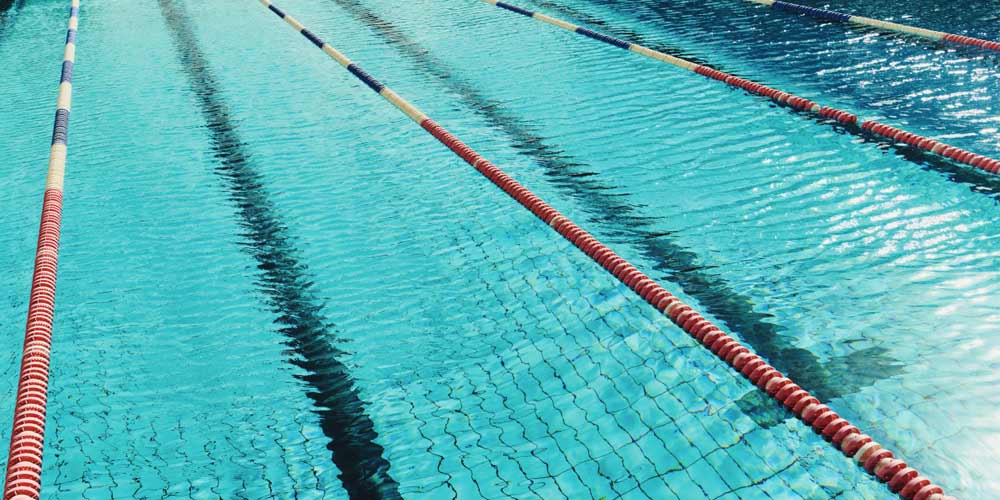In swimming pools, the primary form of chlorine used for Disinfection is typically either liquid chlorine, chlorine gas, or solid chlorine compounds like calcium hypochlorite or sodium dichloroisocyanurate. Each form has its own advantages and considerations, and their usage depends on factors such as cost, ease of handling, and safety.
Solid Chlorine Compounds:
Solid chlorine compounds such as TCCA and Sodium Dichloroisocyanurate are also commonly used in pool sanitation. These compounds are typically available in granular or tablet form and are added directly to the pool water or through a feeder system. Solid chlorine compounds have the advantage of being easy to store and handle compared to liquid chlorine or chlorine gas. They also have a very long shelf life and are less affected by sunlight degradation. TCCA tablets should be placed in feeders or floaters for use, while NADCC can be put directly into the swimming pool or dissolved in a bucket and poured directly into the swimming pool, gradually releasing chlorine into the pool water over time. This method is popular among pool owners looking for a low-maintenance sanitation solution. There is also bleaching powder essence (calcium hypochlorite). Use the supernatant after dissolving and clarifying the particles, and use a doser for tablets. But the shelf life is relatively shorter than TCCA and SDIC).
Liquid Chlorine (Sodium Hypochlorite):
Liquid chlorine, often referred to as bleaching water, is a commonly used form of chlorine in pools. It’s typically delivered to the pool in large containers and is diluted before being added. Liquid chlorine is relatively easy to handle and is effective at killing bacteria and algae. However, it does have a very short shelf life compared to other forms of chlorine, and it can degrade when exposed to sunlight. Cyanuric acid needs to be added separately. The available chlorine content is low. The amount added each time is large. The pH needs to be adjusted after adding.
Chlorine Gas:
Chlorine gas is another form of chlorine used for pool disinfection, although its usage has declined over the years due to safety concerns and regulatory restrictions. Chlorine gas is highly effective at killing bacteria and other pathogens, but it requires specialized equipment for handling and dosing safely. Proper ventilation and safety measures are crucial when using chlorine gas to prevent accidental exposure, as it can be toxic when inhaled at high concentrations.
When selecting the form of chlorine for pool sanitation, pool operators must consider factors such as cost, effectiveness, safety, and ease of handling. Additionally, local regulations and guidelines may dictate the permissible forms of chlorine and their usage concentrations. Proper maintenance of chlorine levels in the pool is essential to ensure effective disinfection and to provide a safe and enjoyable swimming environment for patrons.
It’s important to note that regardless of the form of chlorine used, proper dosage and regular monitoring of ch
lorine levels are critical to maintaining water quality and preventing the growth of harmful bacteria and algae. Over-chlorination can lead to skin and eye irritation for swimmers, while under-chlorination can result in inadequate disinfection and potential health risks. Regular testing and adjustment of chlorine levels, along with proper filtration and circulation, are key components of effective pool maintenance practices.
Post time: Mar-15-2024


